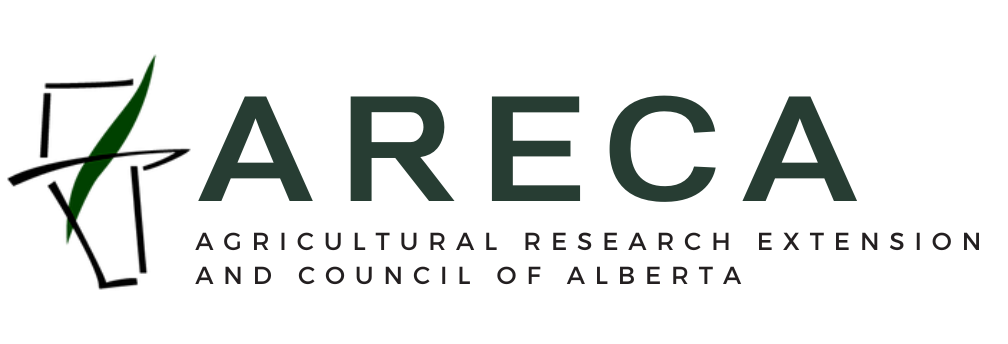Using drones on the farm - it’s easier than you think
Have you ever wondered how versatile a drone can be on your farm?
This fall, Alberta EFP provided their technicians with a virtual training week with a great presentation by George Gaeke from the Olds College Smart Farm program.
While training the EFP technicians, he touched on the obvious - to seed those overly wet areas, spot spray for weed control, apply fertilizer in a specific area that isn’t accessible with regular equipment and check pastures for forage coverage.
However, what truly became obvious was that a drone could become a useful tool for planning.
The Olds College Smart Farm provides students and researchers with the opportunity to look at innovative technologies and how these technologies can be implemented into on-farm planning and management. George’s research is primarily centred on remotely piloted aircraft systems (RPAS), otherwise known as drones, and the sensors that can be used for monitoring changes within an operation.
Gaeke said, “Our main goal (with RGB cameras) is to create colour orthomosaics which is an aerial image of the fields which can also create digital surface models and volumes.”
Olds College used its drones this year to determine some new field boundaries for buffer zones surrounding water bodies, manure pile volumes and application areas, and vegetative biomass on pastures.
Large amounts of data can be collected using drones; however, the interpretation of that data may be the biggest hurdle for producers just starting out. There are a number of service providers that will work with producers to collect, manipulate, and interpret the data to work with other equipment on the farm, such as variable-rate fertilizer, spraying, or seeding.
With the release of the Canadian Agricultural Partnership Farm Technology program, there is an opportunity for producers to take drones into the field to look at ways they can be used to monitor and assess production. There are a number of technologies that are eligible for funding under this program, and Albertans who are primary producers operating in Alberta are responsible for input costs or agricultural crops or livestock producing at least $25,000 worth of farm commodities annually.

